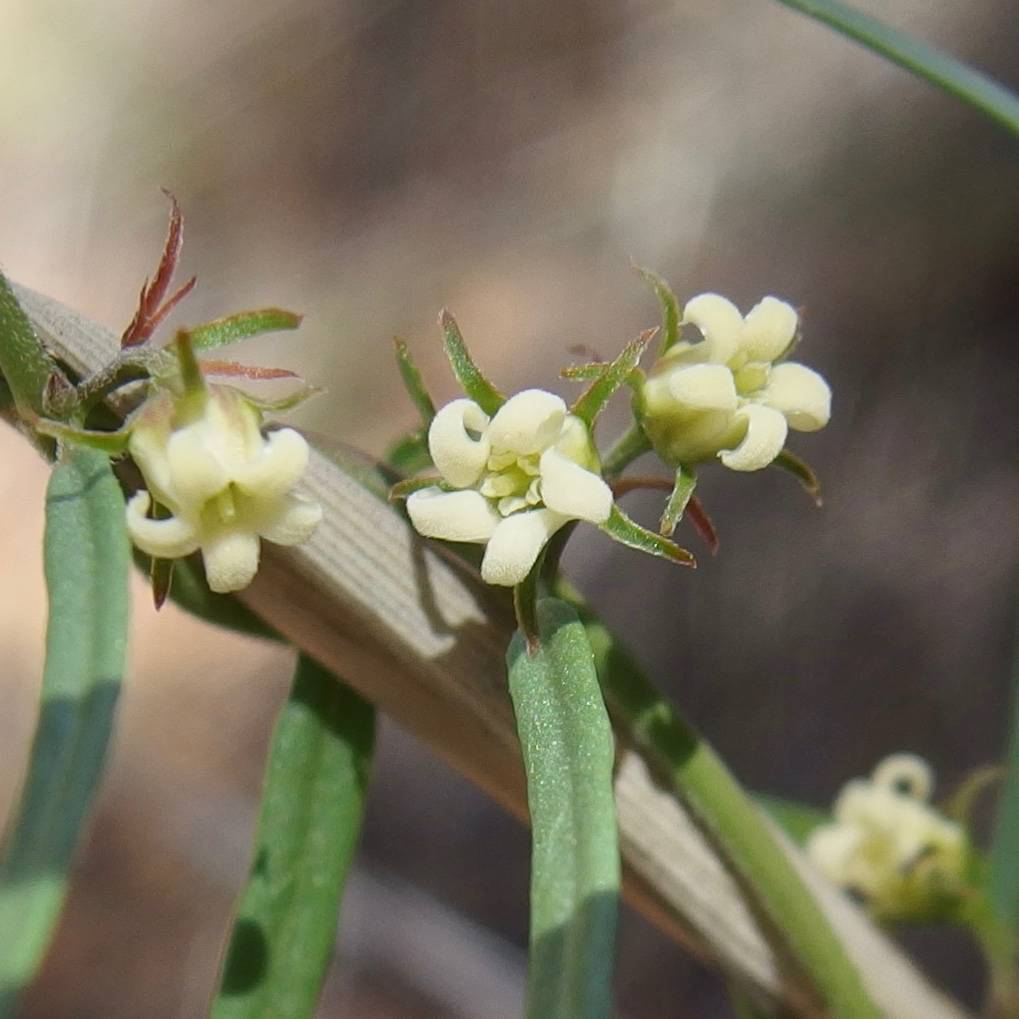
|
Family: Apocynaceae |
PLANT: Herbaceous to suffrutescent, twining vines. STEMS: sparsely pubescent to glabrous, nonglandular. LEAVES: opposite. INFLORESCENCE: few-flowered, racemose or umbelliform cymes. FLOWERS: showy to very small; corolla rotate to campanulate, in ours concealing the gynostegium and much of the crown; crown absent or well developed and arising from the region of union of the corolla and filaments, cup-shaped to tubular and variously lobed or of 5 united or distinct, dorsiventrally flat, petaloid segments, typically opposite the anthers; anther head subsessile, the column short and thick, the anther wings flaring outward at the base giving the anther head a truncate-conic form; pollinia pendulous from the translator arms; stigma head apically flat to rounded or beaked. FOLLICLES: smooth or striate. 2N = 22, 24, 44. NOTES: Ca. 150 spp.; mostly in the warmer regions of both hemispheres (Greek: kyon = dog + anchein = to strangle, the name of some ancient plant supposed to poison dogs). Sundell, E. 1981. Evol. Monographs 5:1-63. REFERENCES: Sundell, Eric. 1994. Asclepiadaceae. J. Ariz. - Nev. Acad. Sci. Volume 27, 169-187. |
This project was made possible in part by the Institute of Museum and Library Services [MG-70-19-0057-19].
Powered by Symbiota



